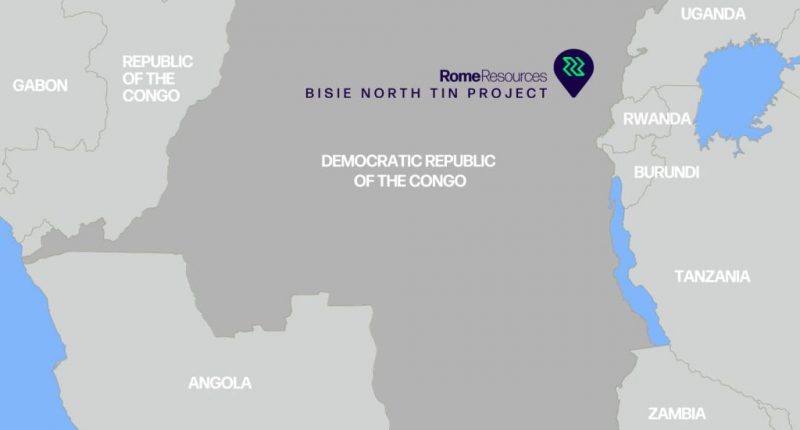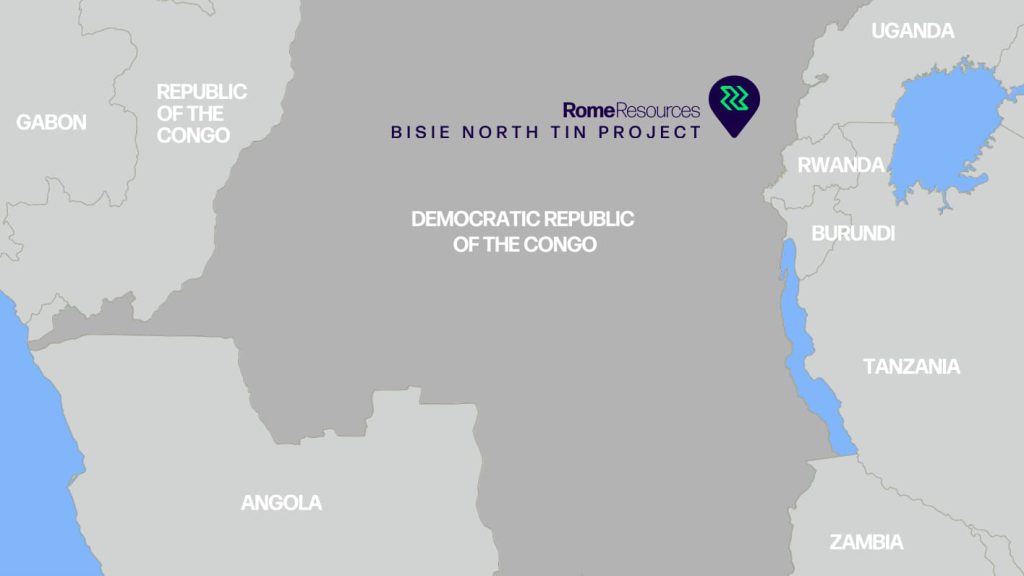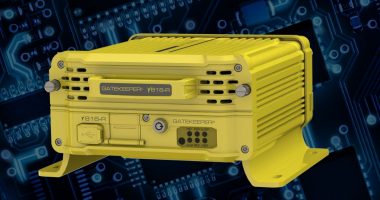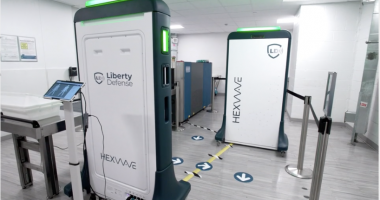- Rome Resources (RMR) confirmed Monday it has identified mineralization at its Bisie North Tin Project.
- Initial results from drilling confirmed a large sulphide mineralized system at the project’s Mont Agoma Prospect
- Results include 11.25 metres at 0.51 percent tin from 5.75 metres
- Work also intersected anomalous zones of zinc and copper mineralization
- Rome Resources (TSXV:RMR) is unchanged, trading at $0.31 at 9:30 am ET
Rome Resources (RMR) confirmed Monday it has identified mineralization at its Bisie North Tin Project.
Initial results from drilling confirmed a large sulphide mineralized system at the project’s Mont Agoma Prospect.
A total of 12 diamond drill holes completed to date, show a strong increase in tin mineralization at depth and directionally to the southeast.
Results include 11.25 metres at 0.51 percent tin from 5.75 metres and 4.4 metres at 1.03 percent from 36 metres.
Work also intersected anomalous zones of zinc and copper mineralization.
The project is located in the eastern Democratic Republic of the Congo.
Ongoing drilling is continuing to test mineralization, while multiple assay results are still pending.
The Vancouver-based mineral exploration company also recently started work on the project’s Kalayi Prospect, not far from the Agoma Prospect.
“The initial drilling at Mont Agoma has identified a large sulphide mineralised system and these discovery holes have enabled us to identify tin bearing zones at surface that continue along strike and appear to increase significantly in grade and width at depth. Base metal zones which contribute to the width of the sulphide mineral system of more than 250 metres do the same,” President and CEO Mark Gasson said in a statement.
“We are clearly starting to understand the sulphide system and the mineral distribution within it. Previous experience in working in similar environments has shown that a centimetre wide cassiterite (tin) zone or vein at shallow intervals can blow out into a 20 to 30m wide mineralised zone at depth or along strike.”
The company signed option agreements to acquire 51 percent of the Bisie North Project.
“The key is that we have identified tin zones at shallow levels and through our understanding of the distribution of the tin, copper and zinc we are able to be more precise in planning our drilling program going forward. The program was initially planned to test the source of the high-grade tin in soil anomaly identified at Mont Agoma. We are very excited to have uncovered a system of this magnitude. To date we have only tested 300 metres of the potential 1.2 kilometres of strike length defined in the high-grade tin in soil anomaly down to a maximum depth of 200m at Mont Agoma,” said Gasson.
Rome Resources (TSXV:RMR) is unchanged, trading at $0.31 at 9:30 am ET.
The material provided in this article is for information only and should not be treated as investment advice. For full disclaimer information, please click here.





